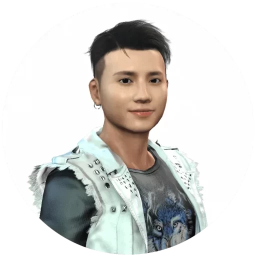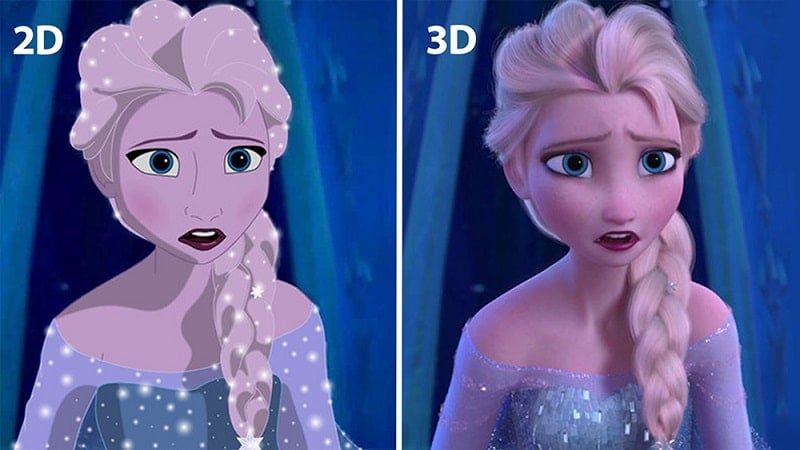3D animation refers to the process of creating moving images using three-dimensional computer-generated graphics. It involves the manipulation of virtual objects within a three-dimensional digital environment to create the illusion of motion and depth.
In 3D animation, artists use specialized software and tools to create virtual objects, characters, and environments. These objects are built with polygons, which are flat geometric shapes that combine to form three-dimensional structures. The artists then define the appearance, texture, and movement of these objects by assigning properties and attributes to them.
The animation process typically involves several steps. First, artists create a digital model of the object or character by defining its shape and structure. This is done by manipulating the vertices, edges, and faces of the 3D model. They also apply textures and colors to make the object visually appealing and realistic.
Next, artists rig the 3D model, which involves creating a digital skeleton or a set of controls that allow them to pose and animate the model. This skeleton is made up of interconnected bones or joints, and it enables the animator to move and manipulate the model as desired.
After rigging, artists proceed to the animation stage. They create keyframes, which are specific poses or positions of the 3D model at different points in time. The software then automatically generates the in-between frames to create a smooth animation sequence.
Once the animation is complete, artists can further enhance the scene by adding lighting, shadows, special effects, and camera movements. They can also incorporate other elements like particle systems, simulations, and physics-based interactions to add realism and dynamics to the animation.
Finally, the rendered frames are processed and combined into a final video or sequence, which can be exported in various formats for viewing or integration into larger projects such as films, TV shows, video games, advertisements, and more.
3D animation is widely used in various industries, including entertainment, gaming, advertising, architecture, product visualization, and scientific simulations. It offers a versatile and visually compelling way to bring ideas, stories, and designs to life in a realistic and immersive manner.
Tags:
3D animation, Computer-generated graphics, Virtual objects, Digital environment, Illusion of motion, Depth perception, Specialized software, Polygonal modeling, Shape and structure, Texturing, Rigging, Digital skeleton, Animation sequences, Keyframes, In-between frames, Lighting and shadows, Special effects, Camera movements, Particle systems, Simulations, Physics-based interactions, Rendering, Video production, Films, TV shows, Video games, Advertisements, Architecture, Product visualization, Scientific simulations, Entertainment industry, Gaming industry, Advertising industry.


Leave a Reply
You must be logged in to post a comment.